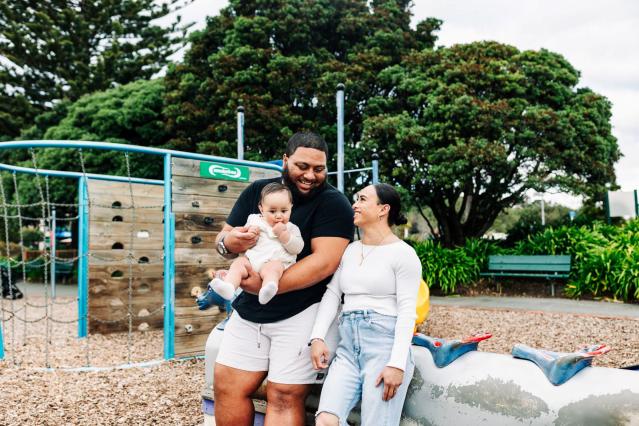Smokefree spaces
We can protect our whānau and communities by making smokefree spaces the norm.

Hospitality venues
Aotearoa New Zealand was one of the first countries in the world to go smokefree in hospitality venues, making them healthier places to work and visit. Bars, restaurants, cafés, casinos and clubs have been smokefree since the amendment to the Smokefree Environments Act in 2004.
Today, many cafés, bars and restaurants are smokefree and vapefree outside.
Parks, sports grounds and playgrounds
Outdoor places like parks, sports grounds and playgrounds all around Aotearoa are going smokefree.
There are good reasons for this. Even when smoking is kept outside, those who are indoors will still be exposed to smoke as it drifts from outdoor areas. Studies looking at outdoor dining areas have found that the smoke particulate levels can be three to nearly five times higher than recommended exposure levels.
As a member of your community, you can play a big part in introducing smokefree outdoor areas. Start by talking with local community groups, schools, church groups, and your council about what is already in place and what else needs to be done.
Over 50 councils have introduced smokefree playgrounds, parks, council events, or all three. The maps of New Zealand councils’ smokefree areas are a helpful resource. Many councils also have their smokefree outdoors public areas policy on their website.
Keeping clubrooms smokefree means that players can return to a place that feels fresh to be in. If your clubroom serves alcohol or if people work there, it needs to be smokefree by law.
A marae must be smokefree and vapefree to comply with the Smokefree Environments and Regulated Products (Vaping) Amendment Act if it has any of the following:
- employees or volunteers
- a kura kaupapa or kōhanga reo
- a liquor licence.
The benefits of smokefree spaces
Whether it’s legally required or not, there are many benefits to having a smokefree community area, including:
- positive role modelling behaviour for tamariki and young people
- maintaining a healthy, whānau-friendly environment
- protecting people who do not smoke from the dangers of secondhand smoke
- encouraging stopping smoking among whānau and the wider community
- reduced fire risk, which may lead to lower insurance premiums
- reduced cleaning and maintenance costs.
If you would like to talk to someone about making a local outdoor area smokefree, contact the smokefree health promoters at your local public health service. They may already be working with your local council and can help you to get involved.